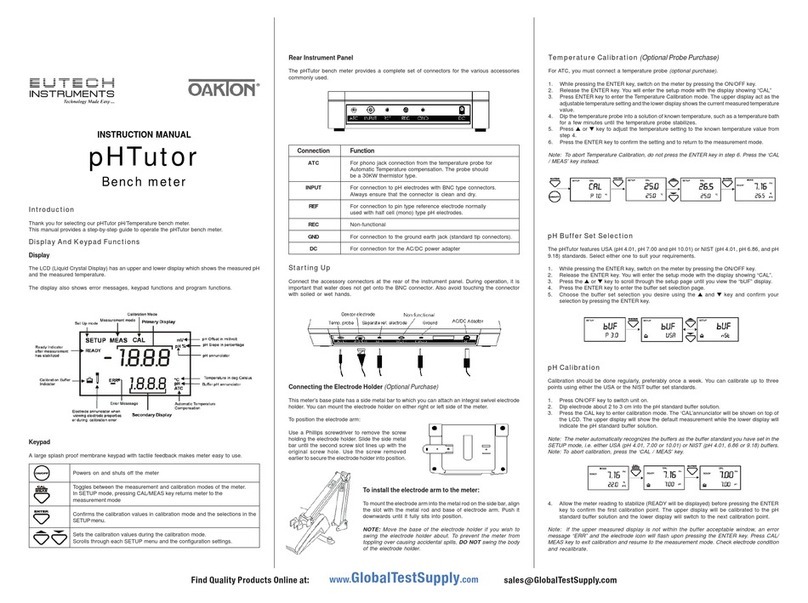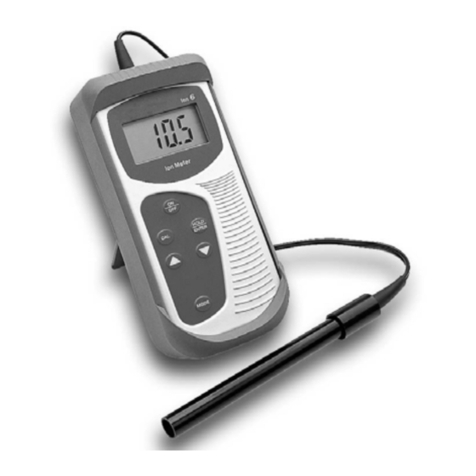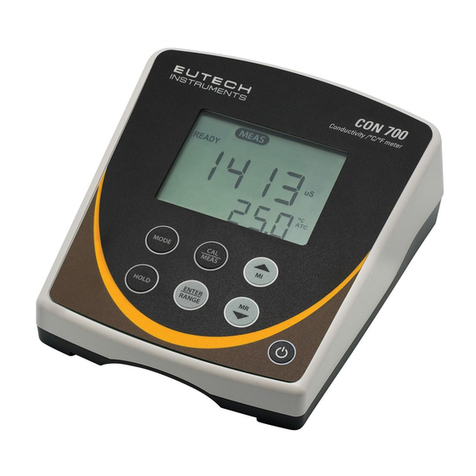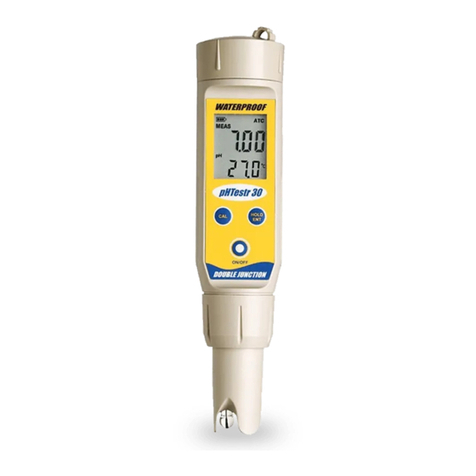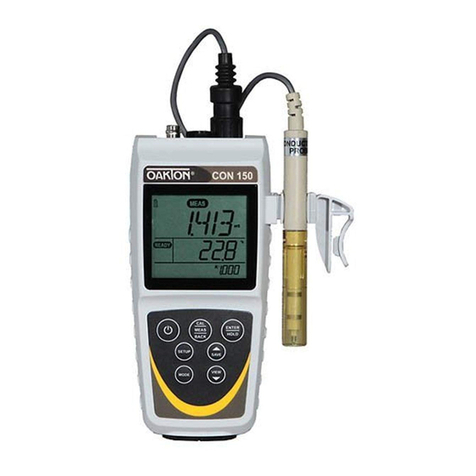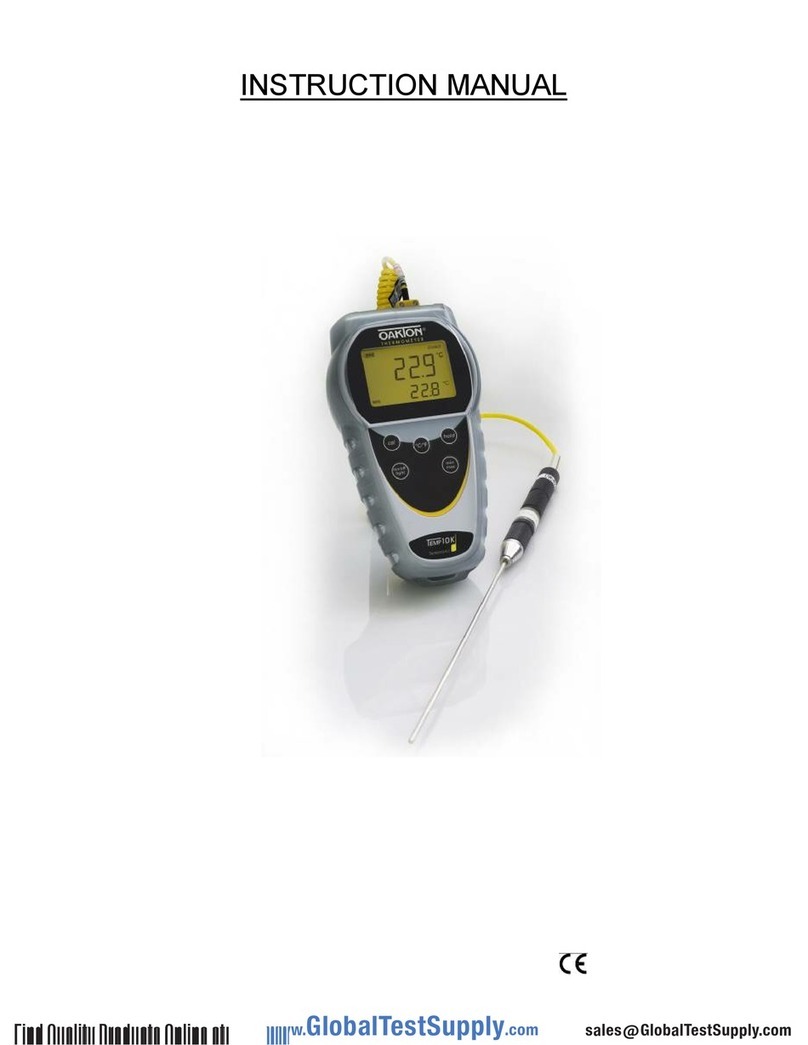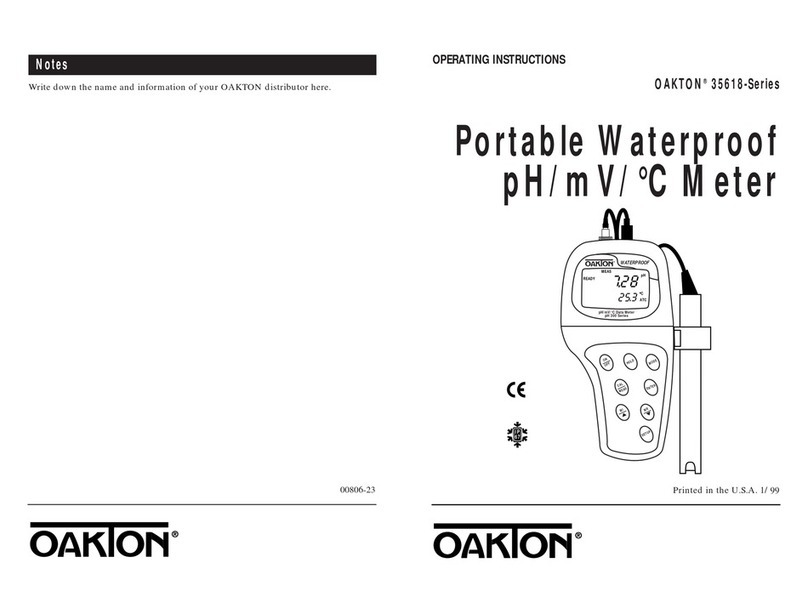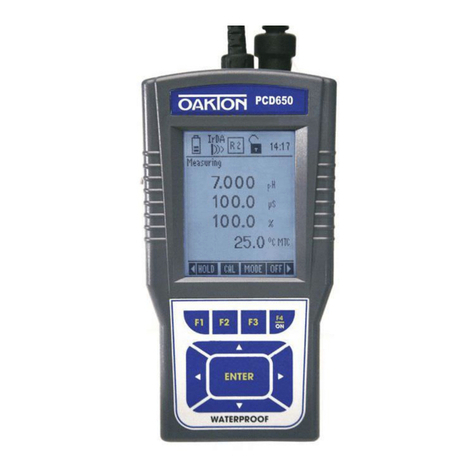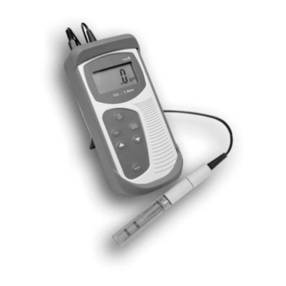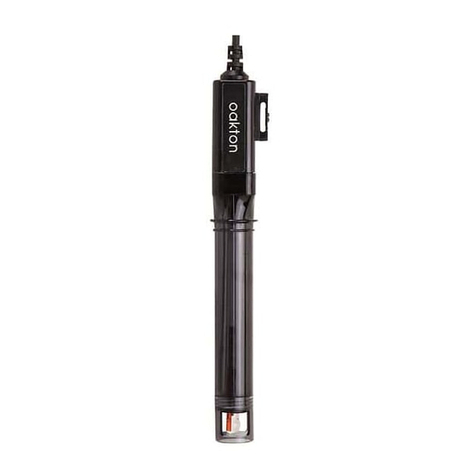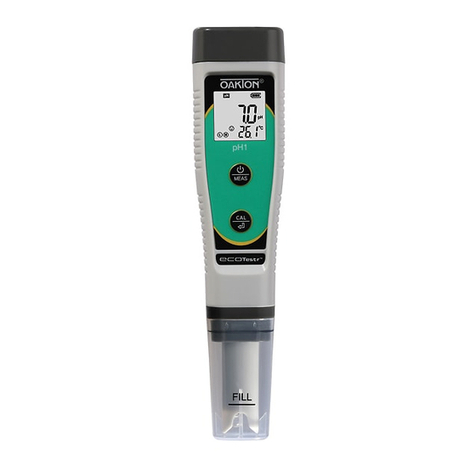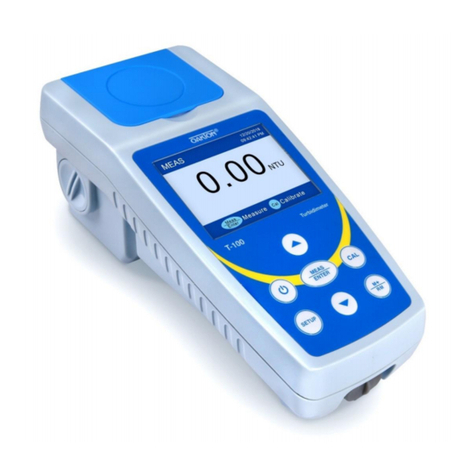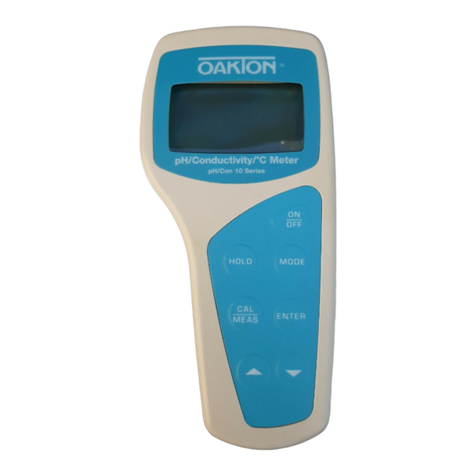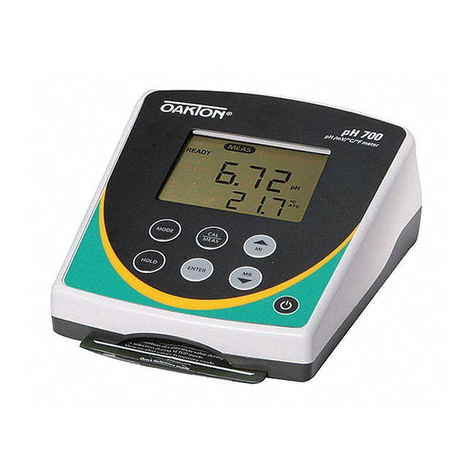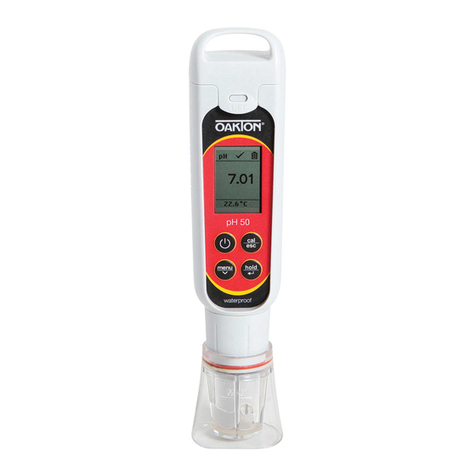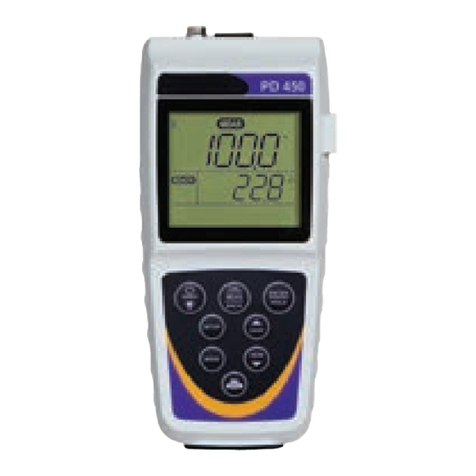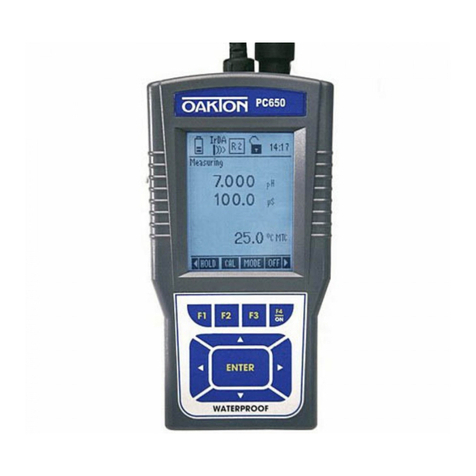Table of Contents
1. Introduction ............................................................................................3
2. Display and Keypad Functions............................................................ 4-5
2.1 LCD display...........................................................................................................................4
2.2 Keypad....................................................................................................................................5
3. Preparation ..........................................................................................6-9
3.1 Inserting the batteries...........................................................................................................6
3.2 Connecting the probe and temperature sensor................................................................7
3.3 Attaching the probe holder to the meter...........................................................................8
3.4 Inserting the probe into the probe holder.........................................................................8
3.5 Connecting the AC adapter.................................................................................................9
4. Calibration........................................................................................10-13
4.1 Preparing for calibration....................................................................................................10
4.2 Calibrating for Conductivity.............................................................................................11
4.3 Calibrating for TDS .......................................................................................................12-13
5. Temperature Calibration.......................................................................14
5.1 One-point temperature compensation.............................................................................14
6. Measurement....................................................................................15-16
6.1 Range Selection ...................................................................................................................15
6.2 Measurement using Automatic Temperature Compensation......................................15
6.3 Measurement using Manual Temperature Compensation...........................................16
7. HOLD......................................................................................................17
8. Probe Care and Maintenance................................................................18
9. Probe Replacement ...............................................................................19
9.1 Zero calibration ...................................................................................................................19
9.1 Two point temperature calibration...................................................................................20
10. Troubleshooting ..................................................................................21
11. Error Messages ....................................................................................22
12. Specifications ......................................................................................23
13. Accessories...........................................................................................24
14. Addendum 1: Conductivity to TDS Conversion Factors......................25
15. Addendum 2: Calculating TDS Conversion Factors ............................26
16. Warranty .............................................................................................28
17. Return of Items ...................................................................................28
